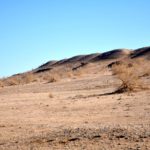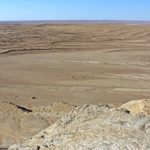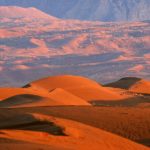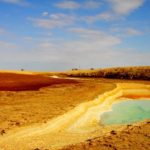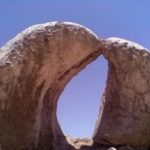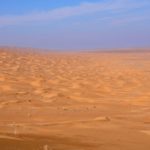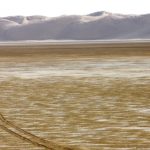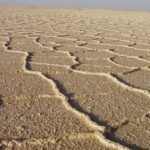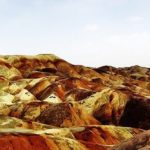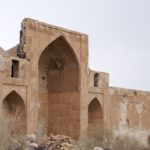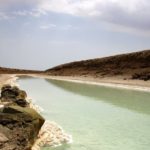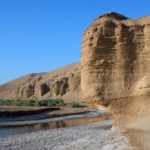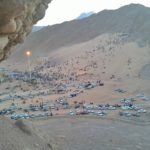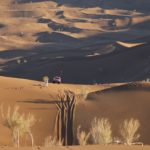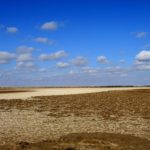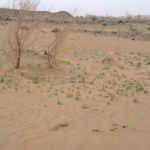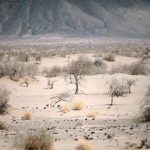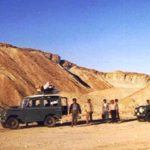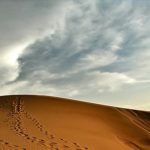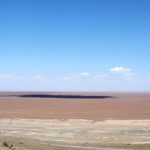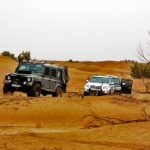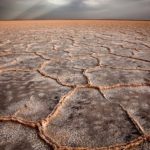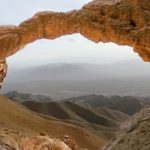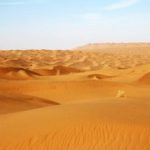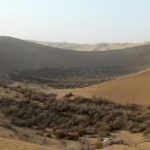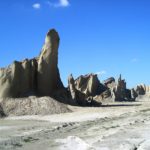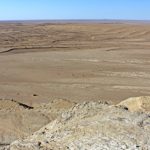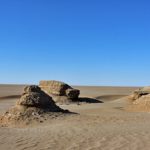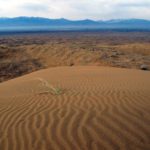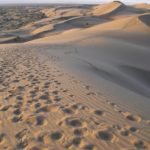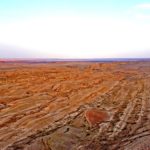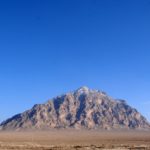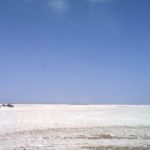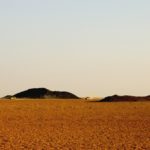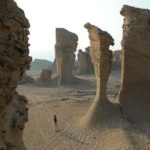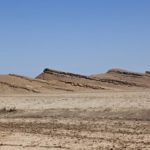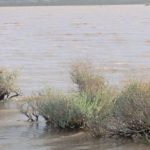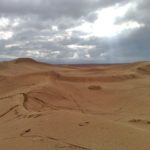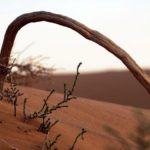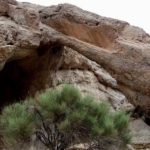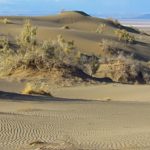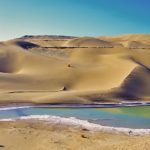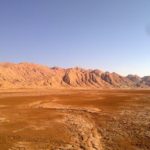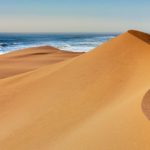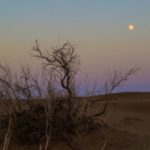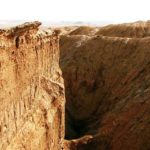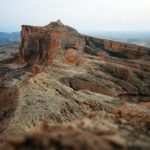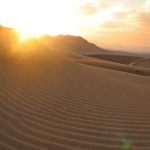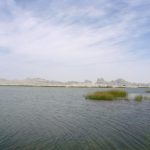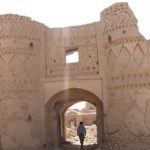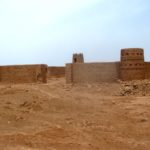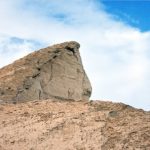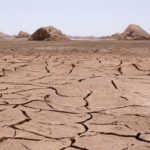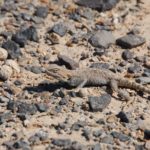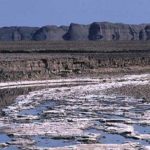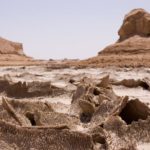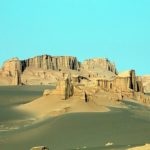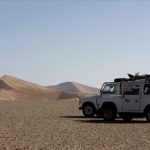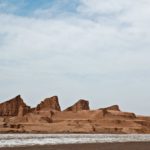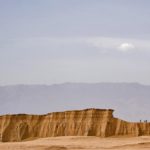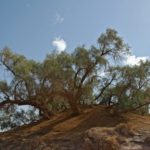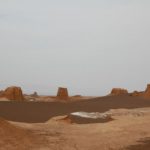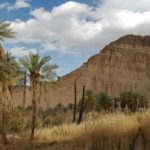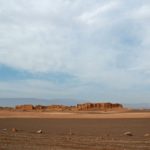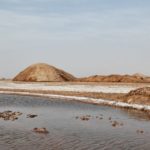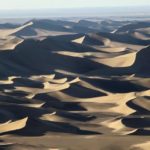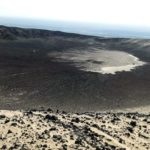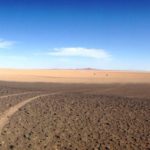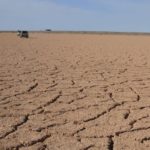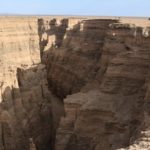Sabzevar two-horned desert or desert lies in the geographical location E5617 east to E5733 east and N3622 north to N3602 between Semnan and Khorasan Razavi provinces. The desert is located east of Turan National Park and west of Shir Ahmad Wildlife Refuge, south of Tehran’s Mashhad Communication Center and west of Sabzevar. To the north of this area lies the mountain range. This area with an average altitude of 800 meters above sea level is a place for accumulation of floods and weeds in the area. Most of the desert is surrounded by salt puffs and in the north by salt domes.
Important rivers flowing into the desert include Jajarm Salt Calder from the northwest and Sabzevar Calder Salt entering the desert from the east. This desert is named for two horns because of the shape of the desert, which narrows to the west and east like horns to the north. The desert has an east-western extension and is about 100 km long and 40 km wide. In the southern part of the desert, near the village of Reza Abad, Shahrood is surrounded by salt domes and sandy communities.
Vegetation
The two-horned desert region in the center and desert areas lack vegetation and the land is completely bare. But on the margins of the salt crop are saline-friendly plants such as henna and gazelle. In the sandy and steppe areas of the desert margin, the following species may be mentioned: Astragalus, Wild Spinach, Thistle, Cacti, Ornithium, Wheat, Anemone, Anchovy, Iris, Melica, Kharestar, Helah Harsan, Caravanserai, Ephedra, Scanbill, Talleys, Scythes, Parand, Gaz, Linen, Chamomile, Wilderness Night, Bitter, March, Salty grass, Colpore, Sweet. The vegetation of this area and its peripheral sand dunes have been severely damaged due to excessive grazing and deforestation, with approximately 850 hectares of sand dunes surrounding the village completely devoid of vegetation and threatening the village’s active sand dunes. It seems that these and other problems necessitate the need for sand stabilization operations in the area.
wild life
Wildlife in the area includes wolves, jackals, common foxes, hyenas, cheetahs, caracals, leopards, wild cats, jabir, deer, pheasants (Iranian subspecies), wild rams and zebra (Iranian subspecies). Birds of this area are birds in the area, including hobre, borough, barley, delicacy, Quebec, Tiho, quail, prairie eagle, chach loch, well pigeon, yakrim, kingfisher, Indian kelp, tailspin, red-tailed boulder and common sparrow. . There are a variety of reptiles in the area, including turtles and the family of agamas, salamanders and skinks. Other reptile families can be described as mammals.
Access path
A dirt road passes through the middle of the desert to the south of the city of Mazinan. Tehran Mashhad communication line passes northwest of this desert. Also the referee’s communication route passes through the area to Reza Abad village of Shahroud.


